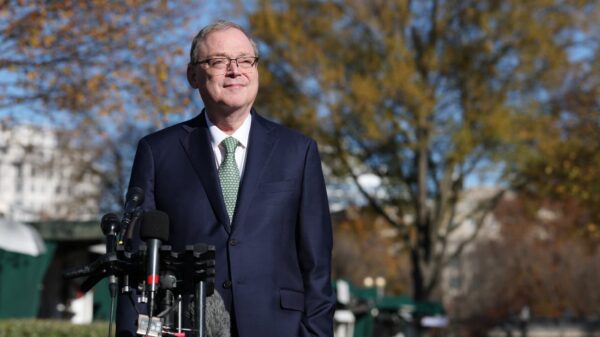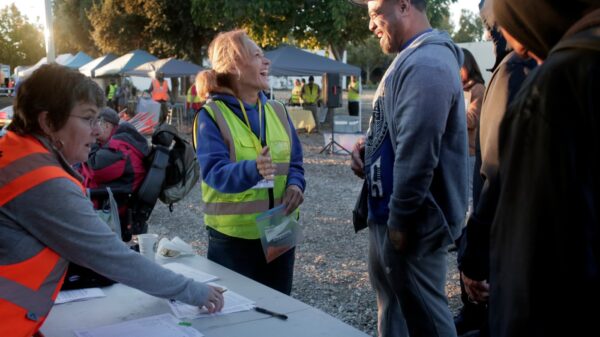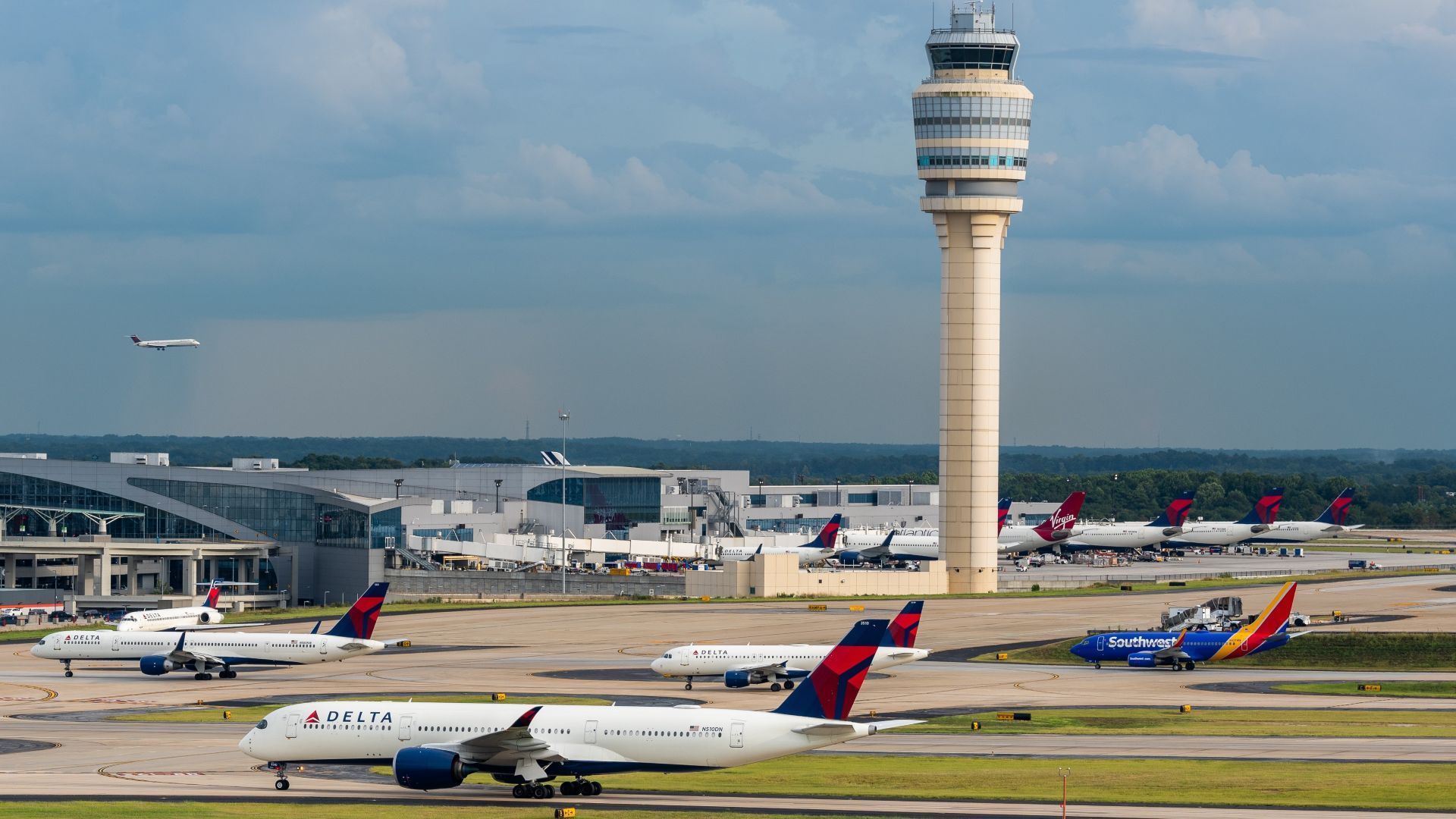A man was arrested on the morning of October 20, 2025, at Hartsfield-Jackson Atlanta International Airport after allegedly planning a mass shooting. Local police apprehended Billy Joe Cagle, a 49-year-old resident of Cartersville, Georgia, following a tip that led to heightened security measures and searches around the airport. Authorities discovered an AR-15 assault rifle and 27 rounds of ammunition in Cagle’s pickup truck, parked outside the terminal.
Cagle’s arrest highlights a serious threat to one of the world’s busiest airports. The incident began when family members, alarmed by his social media posts about carrying out a shooting, contacted the Cartersville Police Department. Cagle reportedly livestreamed statements detailing his intentions to attack the airport, prompting the police to take immediate action.
Details of the Arrest
Cagle, a convicted felon prohibited from purchasing firearms, had a history of arrests, including for marijuana possession, and was reported to have mental health issues. Surveillance footage captured him entering the terminal and showing noticeable interest in the TSA check-in line. Local police, informed of Cagle’s intentions, confronted him and subsequently made the arrest.
The police charges against him include making terroristic threats, criminal attempt to commit aggravated assault, possession of a firearm during the commission of a felony, and possession of a firearm by a felon. While no injuries were reported, the situation could have had dire consequences had he entered the terminal armed.
Authorities emphasized the importance of community vigilance in preventing potential acts of violence. The successful intervention in this case underscores the value of timely tips and intelligence sharing among law enforcement and the public.
Implications for Airport Security
Major airports, such as Hartsfield-Jackson, remain high-value targets for acts of terror and mass violence. Security measures typically involve coordination between local police, federal agencies, and airport security teams. The response to this incident may provoke discussions on enhancing existing policies and practices to better address similar threats in the future.
As travel resumes in a post-pandemic world, the psychological impact of such incidents can heighten anxiety among passengers. Authorities are likely to increase public communications focused on safety and operational continuity to maintain traveler confidence.
The incident at Hartsfield-Jackson may lead to greater investment in behavioral detection techniques, allowing for earlier identification of suspicious individuals and activities. This proactive approach aims to deter potential threats while reinforcing public safety perceptions at airports.
In conclusion, while the immediate threat was neutralized, the incident serves as a reminder of the ongoing need for vigilance in safeguarding public spaces. The measures taken by local police and the community’s role in reporting concerns were critical in preventing a potentially tragic event at one of the busiest transportation hubs in the world.







































































